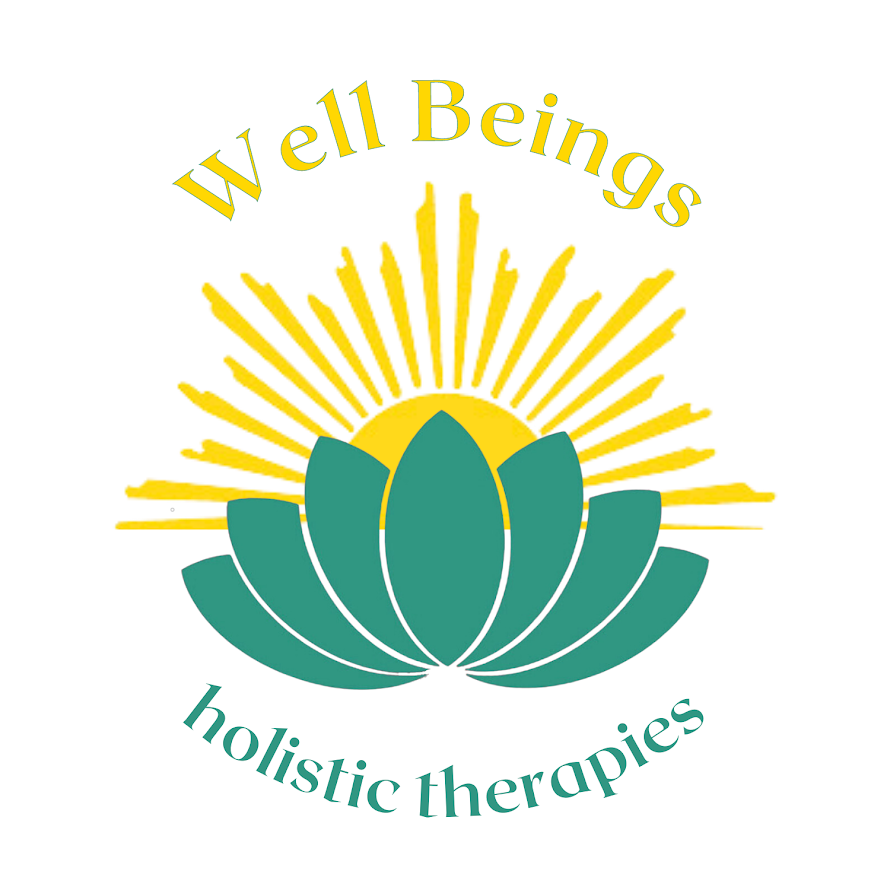Reflexology is a therapy that dates back thousands of years. The practice dates back to Ancient Egypt, India and China and was introduced to the West in the early 1900s by an ear, nose and throat surgeon Dr William Fitzgerald (1872-1942), who developed an aspect of reflexology called zone therapy.
In the 1890s, British scientists found that nerves connect the skin and internal organs. They also found that the body’s entire nervous system tends to adjust to outside factors, including touch.
A reflexologist’s touch may help to calm the central nervous system, promoting relaxation and other benefits just like any form of massage.
Reflexology as we know it today was pioneered by a woman called Eunice Ingham (1889 – 1974), a physiotherapist who was using the zone therapy developed by Dr Fitzgerald, and after extensive research discovered that the reflexes on the feet were an exact mirror image of the organs of the body. She thus developed a map of the entire body on the feet. Through using acupressure or massage techniques on these points, a positive effect is created in the corresponding body part.
There have been various body maps developed but this is the closest one used within the in-depth training that I underwent for the iTEC Diploma in Reflexology:
Reflexology aims to keep energy (qi) flowing through the body, keeping it balanced and disease free. Reflexologists are able to use maps of these points on the feet, hands, and also face and ears to determine where they should apply pressure.
Typical conditions treated in clinic:
- Back pain
- Migraine
- Poor digestion
- Irritable bowel syndrome (IBS)
- Respiratory problems
- Headaches
- Bladder problems
- Menopausal symptoms
- Period pain
- Sleep issues
- Anxiety
- Stress
- General aches and pains
- General wish for wellbeing
Reflexology is a natural, safe, drug free, calming experience which can have great benefit to a person. It can be be given to children and adults of all ages, and there are even reflexologists who go on to study reflexology for animals also. Reflexology is not limited to the feet but can be applied also to the hands or ears or face and clients can be treated on a treatment couch or in a comfortable reclining chair. Note: individual reflexology practitioners work according to their own practice and training; as further training is needed for ear and facial reflexology.
I'm looking forward to treating you and may we all be well beings 💮

